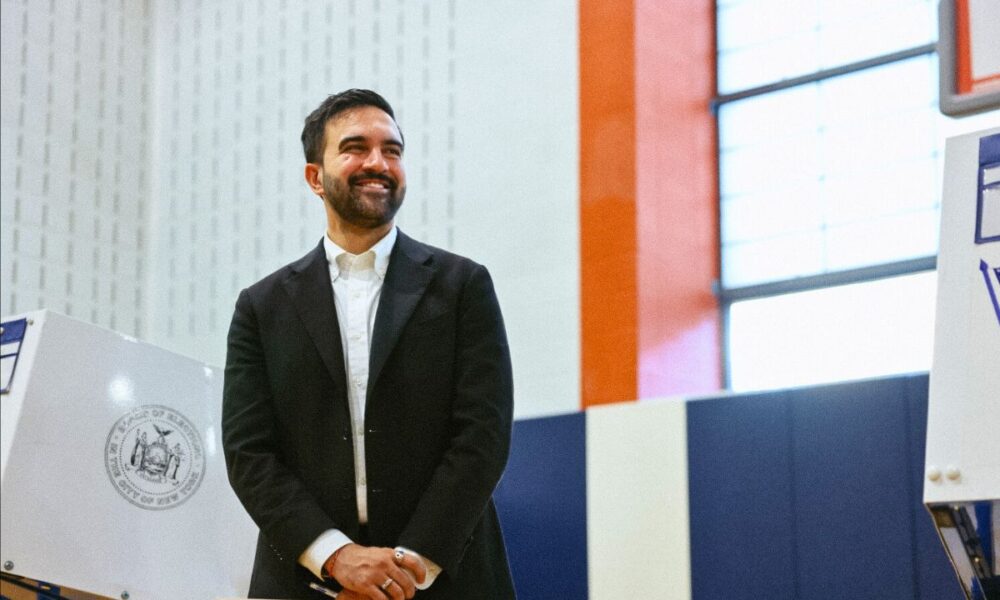Elon Musk has added fuel to the fire of an already raging argument, calling New York City’s mayoral ballot a “scam” on Monday over design flaws and lax ID rules that some critics say can confuse voters in favor of nominee Zohran Mamdani.
The November 4 election features Democratic nominee Zohran Mamdani, “independent” candidate Andrew Cuomo, and Republican Curtis Sliwa. Former Mayor Eric Adams, who exited the race last month after facing federal corruption charges in 2024, ironically still appears on the ballot – allegedly because it was “already printed.”
Adams’ felony charges of bribery and other “campaign finance offenses” were later dismissed “without prejudice.”
Polling from the prediction market Polymarket, conducted earlier on Tuesday, showed Mamdani with 52% support and a 92% chance of winning.
Musk quickly responded to that post from PolyMarket, saying: “Given that he’s on the ballot twice, maybe he can win twice too.”
Given that he’s on the ballot twice, maybe he can win twice too 🤦♂️ https://t.co/xDFC1imeha
— Elon Musk (@elonmusk) November 4, 2025
He then posted a photo of the ballot on X, highlighting several alleged issues: most voters are not required to show ID, some candidates appear twice on the form, and Cuomo’s name is placed in the bottom-right corner – far from the eye-level position that may typically get the most attention from voters.
“This is a scam!” Musk added.
The New York City ballot form is a scam!
– No ID is required
– Other mayoral candidates appear twice
– Cuomo’s name is last in bottom right pic.twitter.com/676VODWFRI— Elon Musk (@elonmusk) November 4, 2025
The post quickly went viral, with over 6.6 million views as of the time of publication.
“If this ballot is real… New York has some explaining to do…This isn’t ‘election design’… it’s confusion by design,” posted X user Tony Lane.
However, New York’s fusion voting system does allow candidates to appear multiple times if they are endorsed by more than one party, regardless of whether this increased visibility on the ballot may confuse voters.
Last week, Cuomo and his team released a campaign video featuring a graphic that shows his voters where to find his name on the ballot, while speaking about the importance and impact of the Big Apple’s election.
As polls near a close across New York City, the ballot controversy has put the spotlight back on long-standing debates over fusion voting and voter ID requirements.


